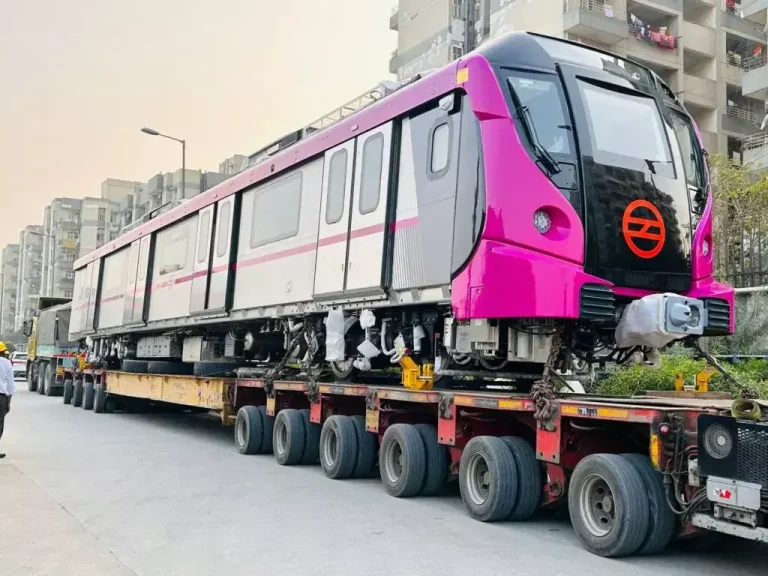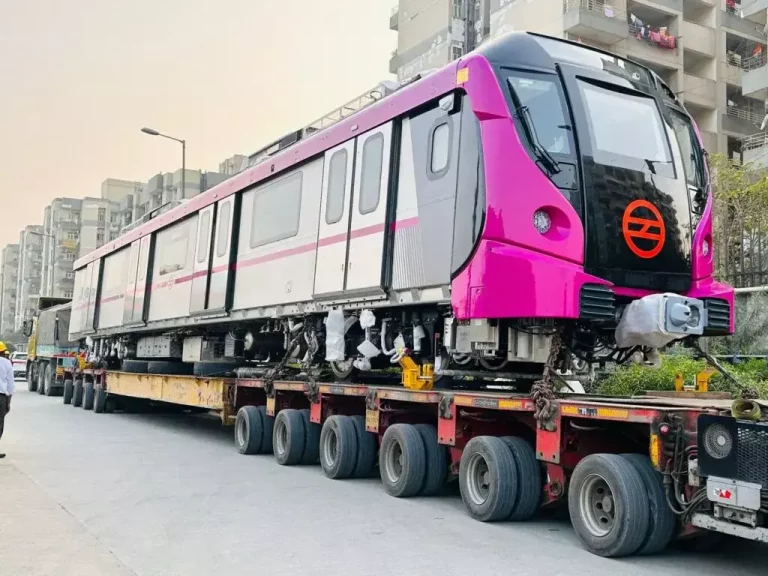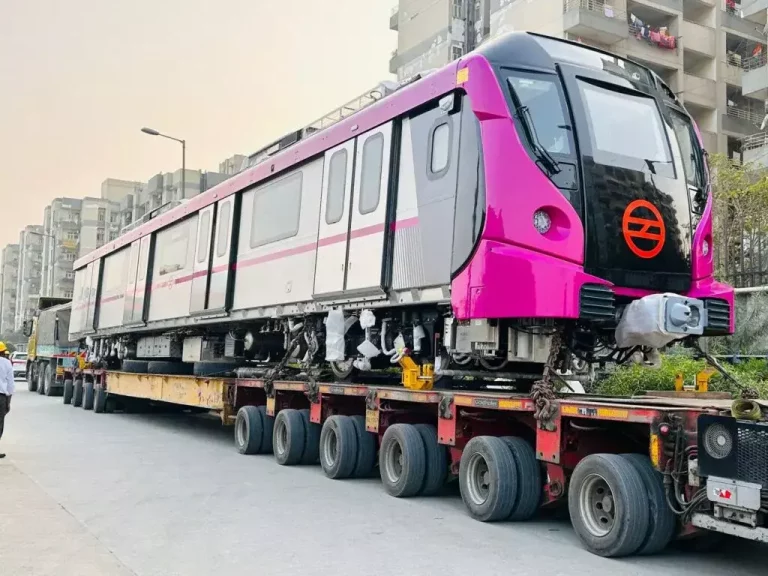
AI Will Get Expensive to Build, Cheaper to Use: OpenAI CEO Altman
Artificial Intelligence (AI) has been revolutionizing the way we live and work, from virtual assistants to self-driving cars. As AI technology advances, it’s crucial to understand the economic implications of its development. OpenAI CEO Sam Altman recently shared his views on the future of AI economics, stating that the cost of building AI systems will increase, but user access to these technologies will become cheaper.
In an interview with The Indian Express, Altman explained that the cost of building AI models will rise as the complexity and quality of these models improve. This is because the development of AI requires significant investments in research, data collection, and computational power. As a result, the cost of building AI systems will increase, making them less accessible to some developers and companies.
However, Altman also emphasized that the cost for users to access AI services will drop dramatically. According to him, the cost will decrease by a factor of 10 every year, making AI technologies more accessible and affordable for a wider range of users.
One example of this trend is the cost reduction of OpenAI’s GPT-4 model. Released in early 2023, the model was initially priced at a significant amount. However, by mid-2024, the cost had dropped significantly, making it more accessible to developers and companies.
So, what does this mean for the future of AI development and adoption? Firstly, it highlights the importance of investing in research and development. As AI becomes more complex and sophisticated, the cost of building these models will increase. This means that companies and researchers will need to prioritize their investments in AI research and development to stay ahead of the curve.
Secondly, the decreasing cost of AI services will lead to increased adoption and innovation. As AI becomes more affordable, more companies and developers will be able to access and utilize these technologies, leading to new applications and use cases. This, in turn, will drive further innovation and advancements in AI.
Thirdly, the trend of decreasing costs for AI services will lead to greater accessibility and democratization of AI. As AI becomes more affordable, it will be easier for small and medium-sized businesses, startups, and individual developers to access and utilize AI technologies. This will lead to a more level playing field, where companies of all sizes can compete and innovate using AI.
Lastly, the increasing cost of building AI systems and the decreasing cost of AI services will lead to a shift in the way companies approach AI development. Instead of building their own AI models from scratch, companies may opt for cloud-based AI services or licensed AI models. This will reduce the upfront costs and complexity of AI development, making it more accessible to a wider range of users.
In conclusion, OpenAI CEO Sam Altman’s views on AI economics highlight the importance of investing in research and development, the increasing accessibility of AI services, and the shift towards cloud-based AI solutions. As AI continues to advance, it’s crucial to understand the economic implications of its development and adoption. By doing so, we can better navigate the challenges and opportunities presented by this rapidly evolving technology.





